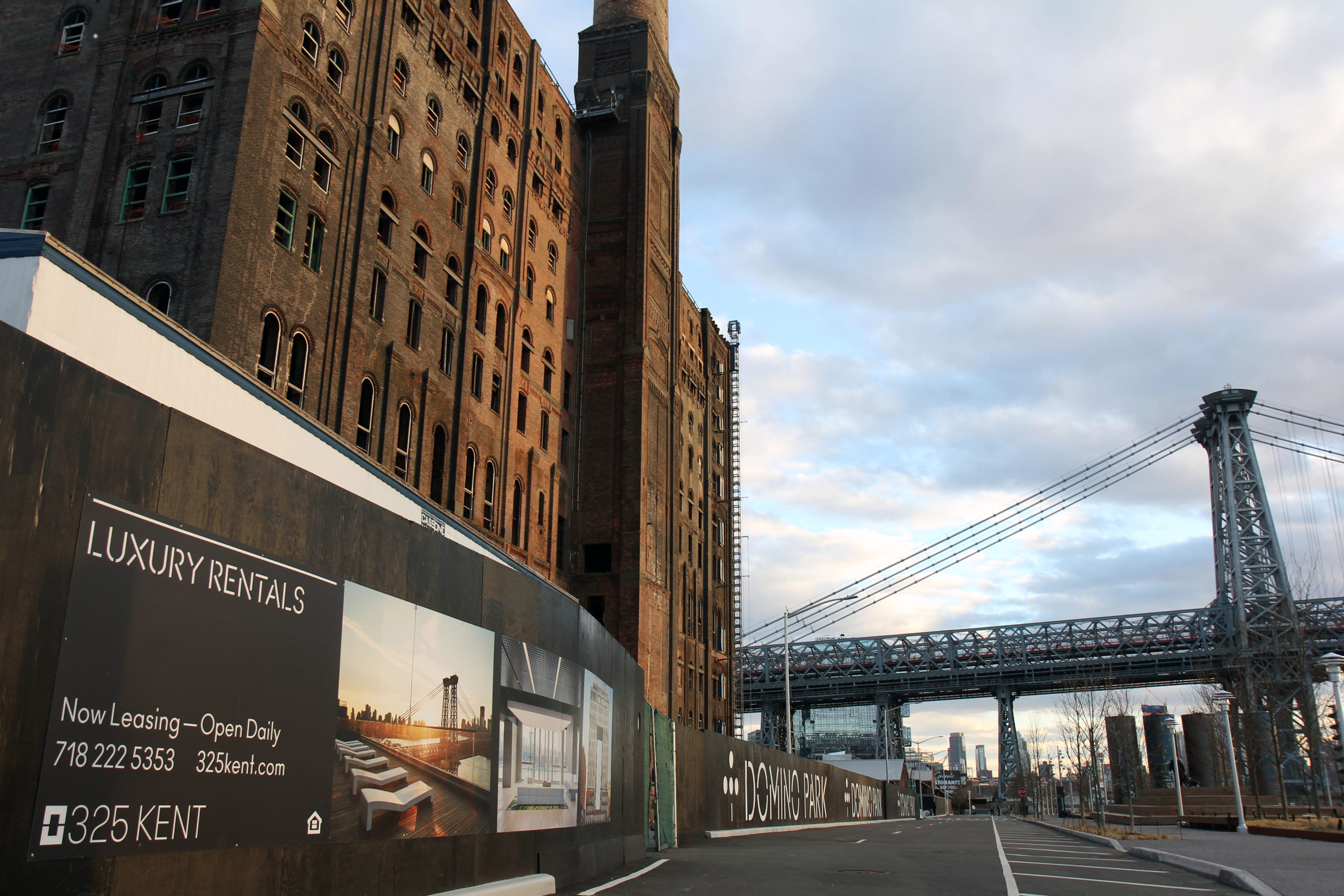Rezoning retrospective: Activists look back on the battle for the North Brooklyn waterfront
“The displacement has been massive. I would almost say violent.”

When the city rezoned 184 waterfront blocks in Greenpoint and Williamsburg in 2005, it did so after making a slew of promises. The changes were meant to mitigate the influx of roughly 20,000 new residents that higher density zoning would bring to the area. But more than 15 years later, many of those promises are still unfulfilled.
Members of the coalition that was on the front lines of the 2005 negotiations gathered at Brooklyn Historical Society on Tuesday to remember the “battle for the waterfront.” They discussed their ongoing fight for the city investments the neighborhood was promised more than a decade ago and offered advice for communities facing rezoning today.
New York City Criminal Court Judge Adam Perlmutter, El Puente founder Dr. Frances Lucerna and Katherine Conkling Thompson from Friends of Bushwick Inlet Park took part in the conversation, which was moderated by Brooklyn Brewery co-founder Steve Hindy.
